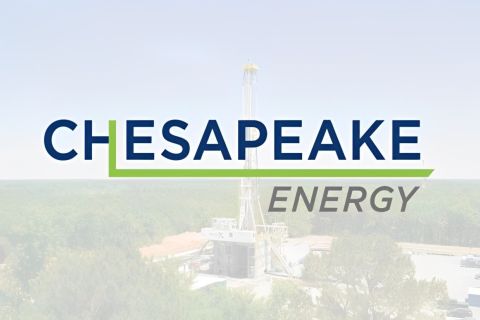Producers who spent years trying to stay afloat when commodity prices were depressed face a different challenge as 2001 gets under way-making the most of higher oil and gas prices. "We're in one of the greatest periods of opportunity this business has ever seen. Our challenge will be to take full advantage of it," says Roger Plank, executive vice president and chief financial officer of <$iApache Corp. > Plank was among several upstream executives to comment during <$iUBS Warburg LLC >'s 2001 energy conference in New York, recently. Apache reported record earnings for 2000 of $693 million, or $5.87 per basic common share, on more than $2.28 billion of revenues. That was 255% more than its 1999 earnings of nearly $201 million, or $1.73 per basic common share, on nearly $1.2 billion of revenues. Last year's strong performance produced a 22% return on equity and let Apache reduce its debt-capitalization ratio 4%, to 37%. The company's share price appreciated 90% during the year, although Plank suggests it proved to be beneficial when investors did not flock to Apache early in 2000. "I think it was healthy that some of them were very skeptical. While we would have liked to have a higher stock price, it let us go into the acquisitions market without going to auction. We have been very fortunate to invest our high cash flow in core areas, where we can increase our earnings, cash flow, production and reserves per share." Apache announced five significant acquisitions during 2000 and did not get far into 2001 without announcing another. (See "Making Hay While the Sun Shines," in this issue.) Acquisitions also have helped <$iDevon Energy Corp. > grow. Allen Turner, Devon senior vice president for corporate development, cited a signficant operating condition for acquisitions. "We are looking for places where we can establish ciritical mass and become a dominant player. We like to be a little more gas-oriented in North America because the markets are so well developed. That flips around internationally because oil markets are much further along overseas than those for natural gas." Devon's exploration and production outlays also have grown with the company, from $77 million in 1996 to $904 million in 2000. "The key is to spend your money wisely," says Turner. "Our geological staff grew ahead of the exploration budget so we would have the knowledge in-house to make our drilling expenditures count." EOG Resources Inc. expanded its headcount of geologists and geophysicists 25% last year as it earned a record $386 million, or $3.30 per share, on nearly $1.5 billion of revenues. Gas represents 83% of its North American production and 87% of its North American reserves. "Our payroll of geologists and geophysicists has grown 50% since we left Enron Corp. in summer 1999. The fact that we have divisions in cities where major oil companies have been closing offices has made us a very desirable employer," says EOG president Edmund P. Segner III. "We are quite comfortable where we are now. The next hiring phase will involve drilling, production and exploration engineers. The markets have grown tighter recently. But we are predominantly a drilling company and expect to remain so. Just to stay even, we have to find reserves equal to 23% of our total production each year. That compares with about 16% in the early 1990s." With a substantial Gulf of Mexico offshore presence, <$iNewfield Exploration Co. > has diversified in the last few years beyond its origins in the Gulf of Mexico. "U.S. natural gas fundamentals have never been better," says Newfield chairman David A. Trice. "But when costs go up, they go up first and fastest in the Gulf. The nice thing about being onshore is that it's relatively easy to tie into pipelines. Our international program gives us access to high-impact opportunities, but 60% of our reserves remain in the Gulf of Mexico, where we produce gas, bring it to shore and realize Henry Hub prices in the process."
Recommended Reading
TC Energy Preparing for Natural Gas Demand Surge
2024-05-06 - TC Energy executives expect data centers in Wisconsin and Virginia to drive as much as 8 Bcf/d of natural gas demand for power generation.
It’s Complicated: E&Ps Find Some Financial Tailwinds, But It’s Not All Smooth Sailing
2024-05-03 - Relatively stable WTI prices in the $80s/bbl provide some breathing room as companies allocate cash for operations, and pragmatism is seeping into the energy transition movement.
Pitts: US, Qatar Face off in LNG ‘Olympics’
2024-05-03 - In the LNG exporting space, the U.S. is squaring off with its fiercest competitor, Qatar, with both countries expected to outpace Australia
Chesapeake Stockpiles DUCs as Doubts Creep in Over Southwestern Deal
2024-05-02 - Chesapeake Energy is stockpiling DUCs until demand returns through growth from LNG exports, power generation and industrial activity.
Majors Aim to Cycle-proof Oil by Chasing $30 Breakevens
2024-02-14 - Majors are shifting oilfields with favorable break-even points following deeper and more frequent boom cycles in the past decade and also reflects executives' belief that current high prices may not last.




